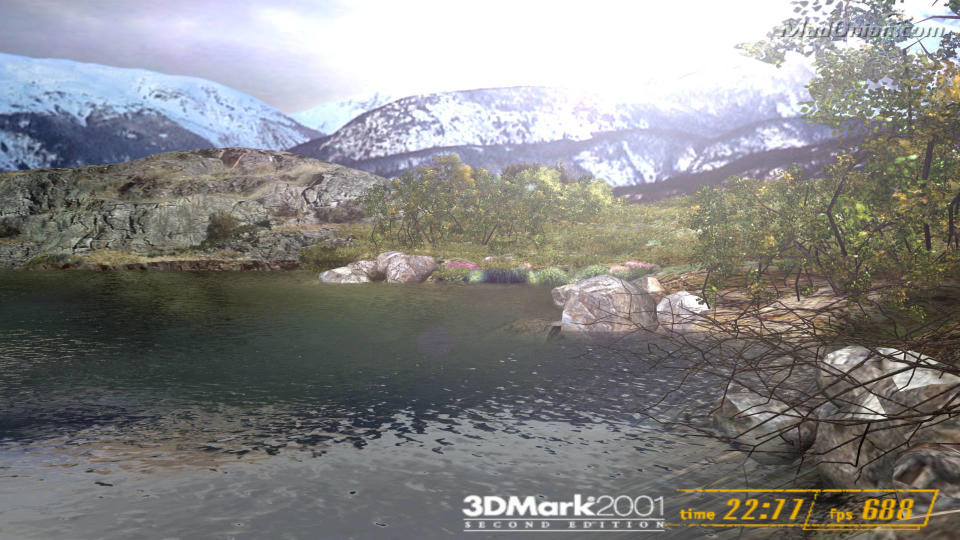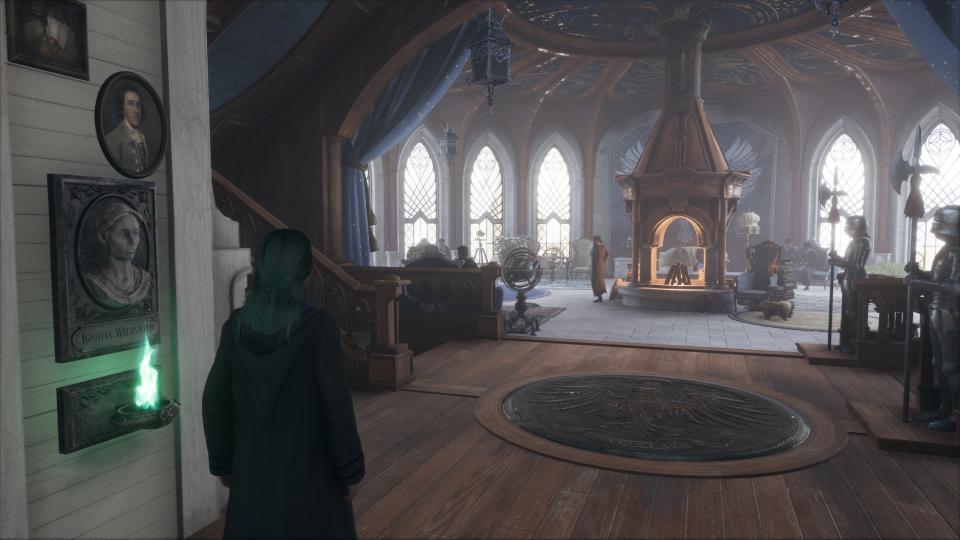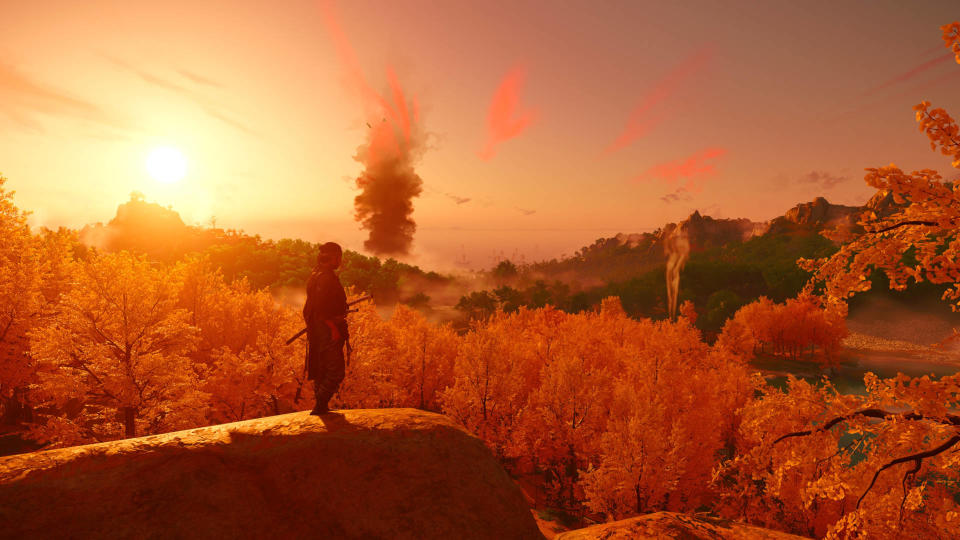Nick Evanson, hardware writer

This month I tested: Ghost of Tsushima. Nixxes has done a great job porting it to PC, especially the support for the PS5 Dualsense controller. Oh, and I also looked into a Ryzen 7 5700X3D, as an upgrade for a 5600X. More about this soon.
Last week, UL Benchmarks released Steel Nomad, a new graphics test for 3DMark, with the ambition that it will eventually replace Time Spy Extreme as the most widely used benchmark for GPUs. Although I’ve had it running for a while, on various systems, I tried it briefly before its release while gathering a performance analysis of Ghost of Tsushima.
Steel Nomad and Ghost of Tsushima both have fantastic graphics, either through a combination of cutting-edge rendering techniques and high-resolution assets, or because the art direction is top-notch.
But as I was writing the analysis, I was reminded of the days of the Final Reality benchmark, the predecessor to 3DMark, and the first Unreal game. At the time I had an Intel Pentium II 233MHz gaming PC, with an Nvidia Riva TNT paired with a 3dfx Voodoo2 graphics card.
It was all incredibly simple by modern standards, but I got goosebumps when I saw the use of multi-texturing and lighting in Unreal. Final Reality was much less pretty than some examples in the 90s demo scene, but it was exciting to see how well my PC could run it.
Every year new benchmarks and games were released that raised the graphics bar to a new level. Like many PC people I interacted with at the time, the Nature test in 3DMark2001 was a real ‘wow’ moment, as was the Advanced Pixel Shader test.


I couldn’t believe that such graphics were possible on everyday hardware and would still run at a reasonable speed. Successive generations of GPUs offered more and more features, and both ATI and Nvidia made demos to show what their chips could do.
Fast forward to now and you have mid-range graphics cards that can achieve high frame rates at high resolutions, all without stressing out too much. Some of the more recent games we’ve seen feature visuals so detailed and intricate that they wouldn’t be out of place in a movie or TV show from just a few years ago. But as much as I like them all, none of them give me the same feeling as the Nature test or the Voodoo2 with Unreal.
Even the introduction of real-time ray tracing in games didn’t move me as much as seeing per-pixel water reflections for the first time. Cyberpunk 2077, with all the bells and whistles turned up to their maximum values, looks stunning and is a great benchmark to grind any GPU into dust.
And yet, while I admire the technical achievements, I’ve never spent as much time as I used to in old games just staring at the graphics.


My partner has been gaming most of her life, but I recently introduced her to PC gaming. Her current favorite game is Hogwarts Legacy and our reactions to the textures, lighting and overall details couldn’t be more different. While I thought the developers did a good job of capturing the whole Harry Potter atmosphere but failed to give it great graphics, her opinion was completely the opposite.
“Do you have seen this? Look That! Wow, that’s it So cool…”
That’s the kind of giddy excitement I had with 3DMark2001, Unreal, Quake III Arena, and countless others, so I don’t think my subdued feelings have anything to do with the fact that many of today’s games are difficult to read in the environment. This is where artists put so much detail into the game world that they are simply too busy and complex to make any one aspect really stand out.
So I think it has to come down to fame. Graphics and games have been part of my life for over 40 years, both professionally and purely for entertainment. While it’s certainly not a case of “familiarity breeds contempt” or anything like that, I suspect it’s harder to surprise someone who’s seen so much of it for so long.
Don’t get me wrong though. I really enjoy Ghost of Tsushima, both the graphics and the gameplay. I’m also really looking forward to seeing what AMD, Intel, and Nvidia will do in their next-generation GPU architectures, even though I know there won’t be any significant breakthroughs in design, performance, or features. I know full well that the days of seeing over 50% increases in rendering power between successive chip releases are long gone, just as is the case with single-thread performance in CPUs.


Advances in hardware and software technology have pushed chip makers toward fairly homogeneous design, and while there are still some fundamental differences between an AMD and an Nvidia GPU, it’s mainly about things like shader occupancy or cache hierarchies – things that affecting overall performance rather than what the GPU can or cannot do.
Pick up a new graphics card and it will fully support Direct3D and Vulkan graphics APIs, a far cry from the early days of GPUs.
What happened 26 years ago was groundbreaking, and game developers and hardware engineers alike were continually venturing into uncharted territory. Explorers of a new world, so to speak. I guess it’s just not new to me anymore and while I can enjoy the easy living in this world that programmers and engineers have created, I can’t experience the wonder of seeing it new for the first time.
But when I see my partner beam with delight at the sight of a glorious 3D environment, full of meshes, textures, lights and shadows, I know there will always be newcomers to this world who have not yet fully experienced what it has to offer has.
And that encourages me enormously, even though the entrance fee for this PC Wonderland is as high as ever before. Games and graphics may not be a huge leap forward in another 26 years, but I can’t wait to see what they will be like because they will still give someone that ‘wow’ factor.